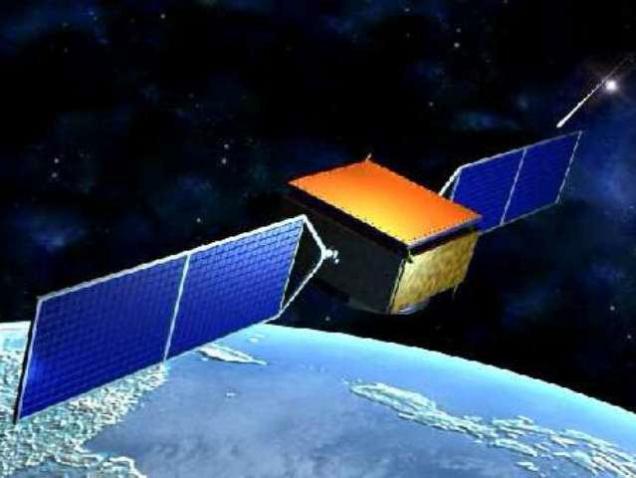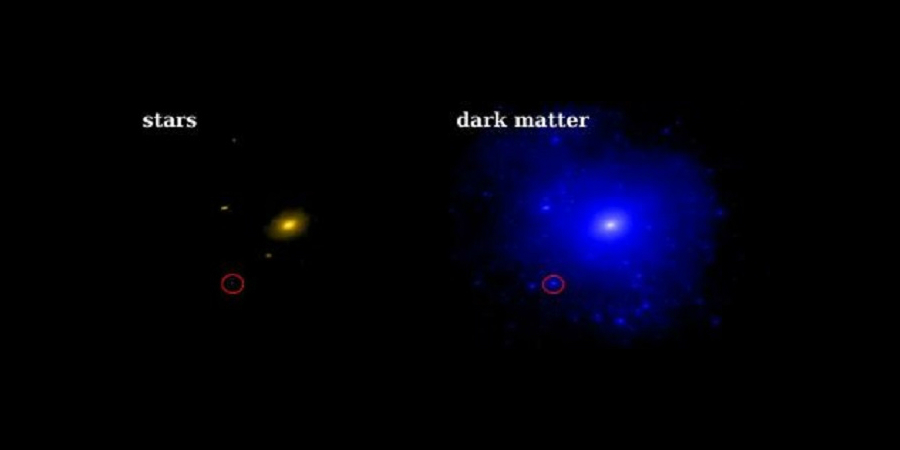On 17th December China launched a satellite DAMPE (Dark Matter Particle Explore), first ever dedicated satellite to investigate dark matter, from Jiuquan Satellite Launch Centre. The satellite is also known as “Wukong”, named after the Monkey King character who had penetrating eyes from the novel “Journey to the West”, a 16th-century Chinese novel. Ground station at Kashgar in Xinjiang, has received first data from the Gansu province on December 20 at 8:45 a.m.
The data took around seven minutes to be received and to be recorded. A successful reception of data signifies that transmission link was established between the ground station and DAMPE successfully. The data received is of good quality and is of right format. As per CAS (Chinese Academy of Sciences) the data was then forwarded to NASA (National Space Science Centre).
The satellite weighs 1.9- tonne and is a desk-sized satellite which is placed in the sun-synchronous orbit, at a height of 500 km. During the first two years, the satellite will scan for dark matter. The data sent back by the satellite will then be analysed by more than 100 scientists. During the second half of the coming year, the first findings will be published by the scientists. The plan is to keep the satellite in space for minimum of five years which will also be used for many other missions.
There are many existing space experiments but measurement of electrons and protons of higher energy resolution and higher energy reach to identify dark matter is not possible hence DAMPE satellite was launched. There is a lot of scope in understanding the origin and propagation mechanisms with the help of high energy gamma astronomy.
Dark Matter is an imaginary kind of matter which cannot be seen through telescopes. But scientists claim that a major part of the universe is made of dark matter. Everything that we see – planets, stars, galaxies, etc. are just 4.9% of the universe.





